Approaches to Addressing a Crisis—Which Haunts Should implement All the Time
By Scott Swenson
Welcome back to the dark. I based this blog on Episode 45 of my A Scott in the Dark podcast, in which I talked about phases of recovery from the ongoing pandemic. A phenomenal seven-week certificate program I completed at the University of South Florida called “Post-crisis Leadership” inspired it. Go Bulls! I can now officially say I’m a USF alumnus, even though it was just a certificate program.
This article shares some of what I learned in that program. Specifically what can help the haunted attraction industry continue to grow and overcome.
Listen to this Podcast
Addressing Crises—of Whatever Sort
In the haunt industry—and the entertainment industry—there are always crises to overcome. Sometimes they’re huge, and sometimes they’re small, and sometimes they’re obvious, and sometimes they’re subtle. In the past, I’ve been accused of dealing way too much with theory and not enough with practical application. However, in one of the early sessions of the program at USF, we were told that when the world is turned upside down– the only lens we can see through is the lens of theory. In the pandemic’s case, common knowledge went out the window as of March 1, 2020, and we have to rethink, reinvent, and find novel ways to discover where we’re going not only in our industry but in the world. We may get back to the way it once was, but I doubt it. We need to develop and invent what it will be.
The haunt industry is not dead. It’s that simple. It’s not dead. We will make it happen. Unfortunately, as we’ve seen with so many other industries, there will be casualties. There will be haunts that can’t survive this, and my heart breaks for those haunts. Hopefully, those clever and talented and wonderful individuals will reinvent themselves or find another haunt to serve as their creative outlet. None of us got into the haunt business because we thought we would become multi-millionaires. We do it because we love it.
As we try to figure out what the future looks like, there are some questions to ask. There’s no cure-all for recovery. What works will be different for every haunt, for every market, for every person. I’m just here to share some of my ideas as a consultant. I’m not a haunt owner. I want to make that clear. Haunt owners need to make their own decisions. I will share with you my experience as a consultant in working with unique haunt owners and let you know some questions they’re asking—not the choices they’re making, but the questions they’re asking.
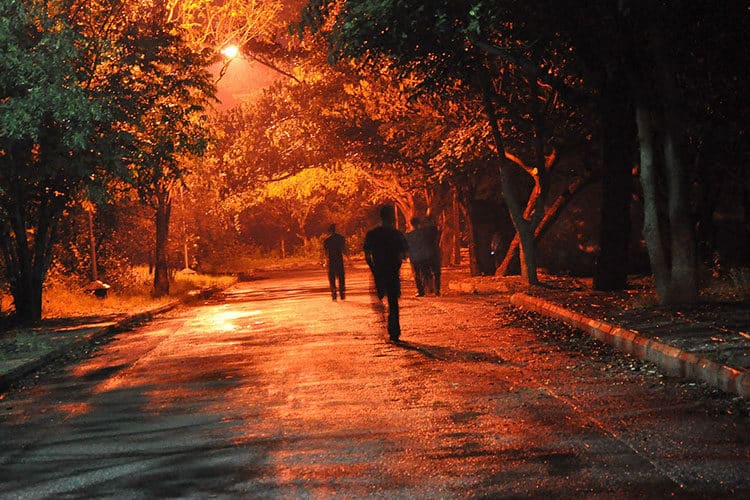
Everyone’s Path to the New Normal Will Be Different
Now that the rules are shaken up and spewed out onto the table – everybody’s path to the new normal will be different. And, especially with the COVID-19 situation, it’s different in each region. There are different rules, different regulations, different numbers, different test numbers, and different positive number of cases around the country and the world.
It’s July, and I’ve already heard that some haunts will not operate this Halloween season. I’ve also talked to a couple of haunts that are opening for the first time this year. They don’t have any old baggage, and they only have fresh ways of doing things, so they may be quite successful.
The Three Phases of Dealing with a Crisis
So, we’ll begin with the three phases of dealing with any crisis. You know me, I love things in threes, because that’s about the number of things I can remember. The first phase is to empathize, the second phase is to innovate and educate, and the third phase is to integrate.
We’ll talk about these one by one. How long each phase takes depends on the individual situation and location. Some regions are in phase one, and some regions are already into phase two. This isn’t a race to move through the phases. It’s an attempt to understand how to navigate the crisis to reach a solution.
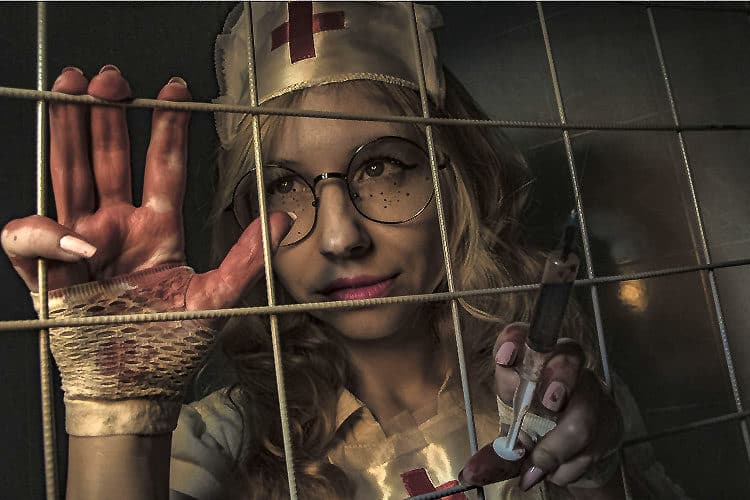
Phase One: Empathy
In the first phase, empathy, people are scared. The first thing we need to do in any crisis is let people know we care about them and that things will be okay. We must overcome our guests’ fear—as odd as that seems for haunted attractions. We have to help them overcome their fear of something very real, not their fear of something we create.
We’ve seen the following phrase in advertising and on all kinds of media these days—“We’re all in this together.” Honestly, I’m at the point where I’m tired of hearing that. I’m ready to move on to phase two, but it’s important to recognize there are still some people who are just plain scared. They’re out of work, and they’re not getting their unemployment checks. They’re not getting what they need to survive. They’re terrified. So, each of us needs to be the haunt that cares.
Looking outside our industry, the major corporations that have cared for their people all the way through this process and have made it work financially for them will be far better off as we move into phase two and phase three. They took the time to listen and to say, “We understand that you’re scared. We’re scared, too.” It’s important to be as transparent as possible and let people know you’re aware of their fear and want to help.
Phase one is about the emotional side. We work in an industry that’s based on emotion—fear. We must overcome our practical side and listen to how people feel and try to make them feel better. We have to be excellent listeners, and we have to hear what makes them hurt and what they’re afraid of. And we need to reinforce we’re all here together—not just as people but as businesses, because businesses are run by people.
We also have to know when it’s time to move beyond phase one and think about strategies. This means we need to listen even harder to understand what people need—which, in our case, means what will prevent them from coming to our haunted attraction. Surveys have been done by theme parks here in Florida asking questions like, “What do you need to come back to our park? What are things you must have? What are things that would be nice to have? What really doesn’t matter?” The responses range from everyone being required to wear a mask to hand sanitizers to taking temperatures and implementing many other CDC guidelines relating to COVID that we’re all probably too much aware of now. These parks are attempting to find out what people want so they can focus on what matters most to guests rather than solve problems that don’t exist.
I suggest you do the same thing with your frontline employees and your management team. Ask what will make your actors feel safe. One project I’m working on has designed several fully physically distanced haunted attractions. In another case, we’ve created characters that will continually disinfect the haunt as guests go through.
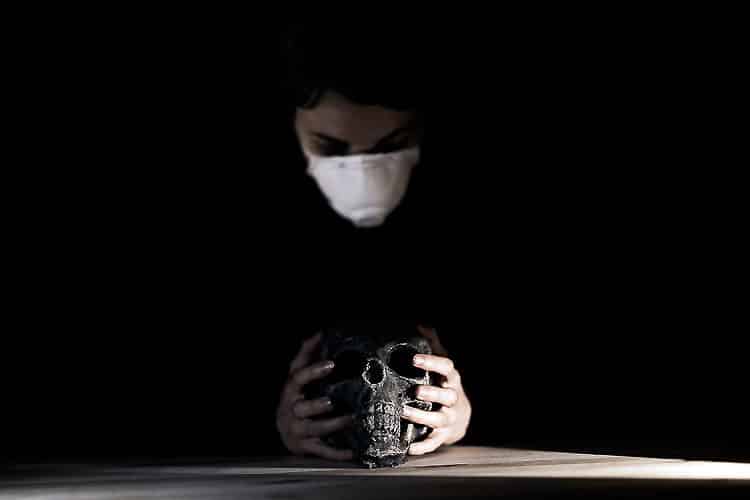
Phase Two: Innovate and Educate
It’s getting rather late in the year, but if you’re still planning on opening, put together a task force of former guests, frontline folks, and middle management—if you have middle management—and listen to what they have to say. Don’t have the owners or upper management be the only ones involved in deciding. Listen to your guests, because they’re the ones who will either pay the money to come to your haunt or not. Get them involved to identify what the challenges are. That will help you focus your energy, your resources, and your time.
Once you have this basic information on what people need and want to feel comfortable at your haunt, layer onto that what you want to make happen. Obviously, we want to scare people, and we want to make sure they have a wonderful time. That’s our product, and then there are the expectations of our guests. What can we do to satisfy both by layering one over the other? Our success comes from accomplishing both goals.
Everyone’s saying that the first thing we need to do is reduce capacity. Okay. But that hits us square in the wallet. We’ve got to compensate for that financial loss. To address this, one of my clients is adding extra nights to their event, because they want to have the same number of people as last year throughout the run, even with diminished capacity. Another of my clients is looking at the possibility of raising the ticket price and making their haunt a more boutique experience. Some guests are looking forward to smaller crowds. I have some friends who are planning to go to Universal Studios for this reason. Their entire day is planned out, including a pre-ordered lunch. They like the structure, whereas other people resist that kind of structure. So, find out what your guests prefer.
Once you’ve done all that research and you’ve identified at least a few key items, innovate to make that happen. Find alternative ways to make things work—whether that’s hand-sanitizer stations, face masks, a cleanliness protocol, or whatever it is for you. And, once you have this, it’s essential that you communicate it to your guests. You need to educate your guests about how you solved problems important to them. Doing this builds confidence and reinforces brand loyalty. Your guests will come to your haunt, because they trust they will be safe.
There was a theme park in the news recently, which will remain unnamed, that promised all kinds of safety precautions and, when it opened, about half the things they promised were either not in place or not adhered to. There was a huge, huge backlash. In this age of social media and instantaneous communication, if you say you will make everyone wear masks and no one will be within six feet of another guest, you better deliver on it. If you don’t, the first person who gets ticked off about it will jump on social media and dissuade people from coming. So, be transparent, create alternative solutions to these recent problems, and then educate your guests about what you will do and how you will do it.
Also, make sure your focus is on your behavior, not on your revenue. Let your revenue result from your behavior. Focus on what you’re doing, and do it right.
If you haven’t downloaded and looked at the contingency plan developed by Fear Factory in Salt Lake City, you’re leaving significant information on the table. This haunt opened for one night to test their strategy, and they’re graciously sharing how they did this in a 60-page report on their website. You can get a copy of it here. This document provides a massive amount of practical information for haunters.
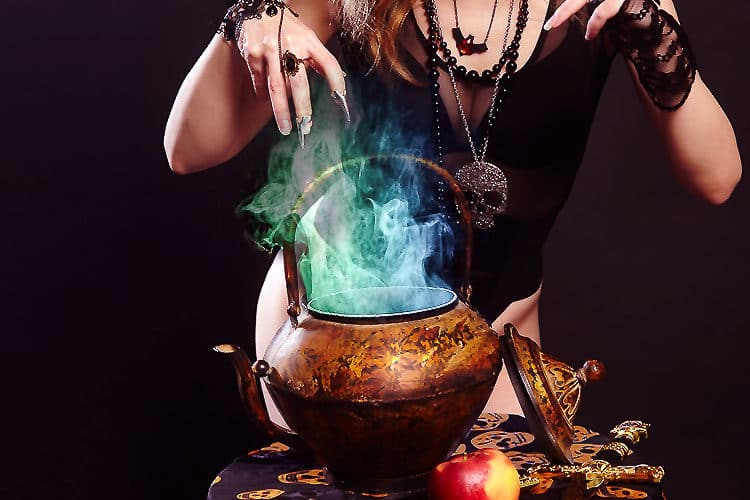
Phase Three: Integrate
In these times especially, we recognize we’ll make money based on what we do and how we do it. So, the third phase is to integrate our innovative solutions and make these seem normal. In any crisis, big or small, people want to feel there’s some sense of normalcy. We aren’t there yet in much of the country. Based on where I live, we’ve just entered the innovation and education phase. We’re still trying to figure stuff out. This is happening in every single industry and every single company right now. Some have realized the only thing to do is close 50% of their brick-and-mortar stores or shut down for the season. Some people are putting it off while others are looking at this to make sure their phase two, innovate-and-educate phase, is robust. This may take a year or more to do and, only then, can the integration phase begin.
Again, the focus in the integration stage is to make the innovative and different seem normal. For example, in many Asian and European countries, wearing face coverings when you go outside is just what you do. And it looks like we may do that, too, for a while.
One example of innovation is incorporating personal protective equipment (PPE) into costuming. For haunters, this is nothing new. For sliders, sliding pads, shin guards, and gloves are incorporated into their costume design to keep them safe. With certain characters, we’ve incorporated fall protection or flying harnesses into their costumes. One of my clients is working on a way to incorporate face masks into all the costuming. There are examples of this in the Fear Factory contingency plan, and they did a phenomenal job of it. If you were to go through their haunt, you’d be impressed by the cool masks. Only later would you realize they were PPE.
In The Vault of Souls, we forced guests to wear masks, as does Sleep No More. The masks they use are based on designs created for the various epidemics, pandemics, and plagues of centuries ago. So, those are two examples of how masks can bring guests more into the experience.
So, now you know what the three phases are. It’s a journey, and we can’t predict how it will go. Not only do we have the crisis itself, but we have outside factors that will affect the crisis and our actions during it. Some of these factors include the weather, the economy, and social issues. Just because there’s a crisis doesn’t mean that the rest of the world magically disappears.
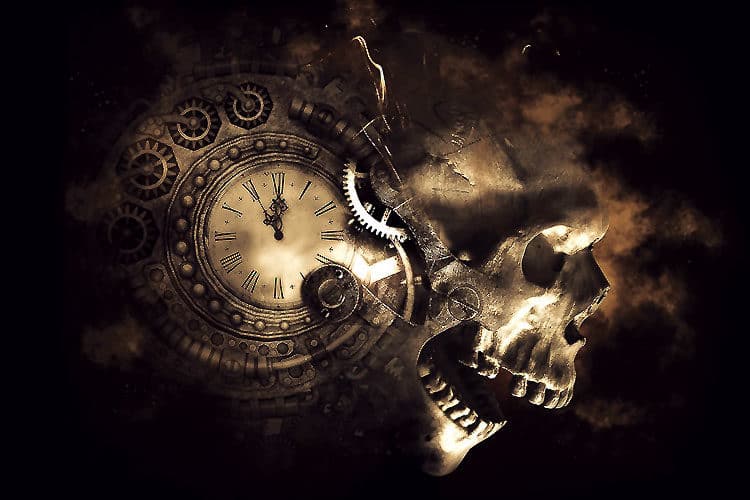
We Should Be in the Three Phases of Crisis Management All the Time
You can see how complex this problem really is, and it’s clear there’s no magic bullet or 100% solution. As an economist I recently listened to said, “This is such a complex problem that there’s no way to make it good.” Our goal is to make it a little less bad. We could go into it thinking, “I can’t solve the entire thing. There’s no one thing I can do that will make all the problems go away,” but that would only be discouraging. However, if we go in with the idea that we can be of some help in this one area, those minor changes make the overall experience significantly better or significantly safer or significantly more profitable.
These three phases aren’t just a way to respond to crises. We should approach everything in this way. We should constantly be in this cycle. We listen to what our guests have to say—what they didn’t like and what we can well. Then we innovate and we improve, which we then make part of what we do from now on. Any of us who are over the age of 30 are aware there have been crises in our industry over and repeatedly. So, as the saying goes, “If you stay ready, you don’t have to get ready.”
If you make this constant cycle of innovation part of the way you run your attraction, you don’t have to suddenly scramble when something goes wrong, because you’re already listening, you already know what’s coming up, you already know what your guests’ expectations are, and you can adapt quickly. Sometimes there’s a big crisis, but if you have the mindset of going through these three phases over and over, and keep them moving forward, you’ll be ahead of the game.
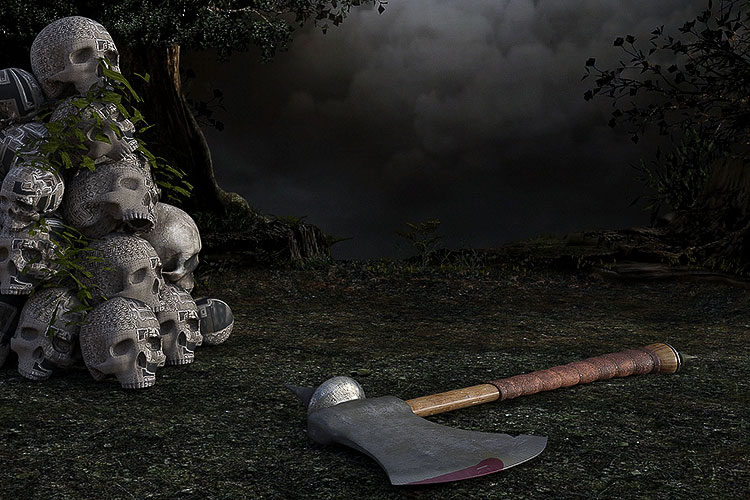
How I’ve Implemented the Phases of Recovery
I started the empathizing phase early in this COVID situation by offering clients one hour of my time for free just to brainstorm. Many people took me up on it. I sent them two or three pages of some basic ideas, and it cost them nothing. That was my way of showing that I care and letting them know what I have to contribute. If that parlays into something, great. If it doesn’t, I’m fine with that, too.
To innovate, I’m doing a lot more virtually now. I’ve taught seminars and classes virtually, which I never thought I could do, using Zoom or a virtual webcast or podcast. I even did an improv class for one of my corporate clients as a Zoom meeting. We had to adapt and change things, but we could still do it and get the basic ideas across.
Speaking of Zoom, this is one company that’s skyrocketing during this crisis, as are other virtual-meeting software like Go To Meetings and Teams. I also think telecommuting will move to a whole new level. I’m guessing that in the next three to five years, it won’t matter where you live. You’ll be able to work from your home office virtually. Already, haunters have designers, voiceover artists, and costume builders who never set foot on their property.
Again, I want to reinforce what I said at the beginning. Each of you is dealing with your own situations and challenges in your own regions. Coming out of a situation like this, or any crisis, will be messy. It will be challenging, but breaking the process into these three simple phases will give you a structure to help keep you moving forward.